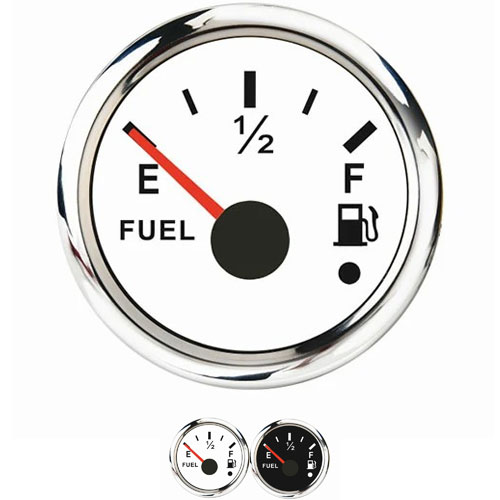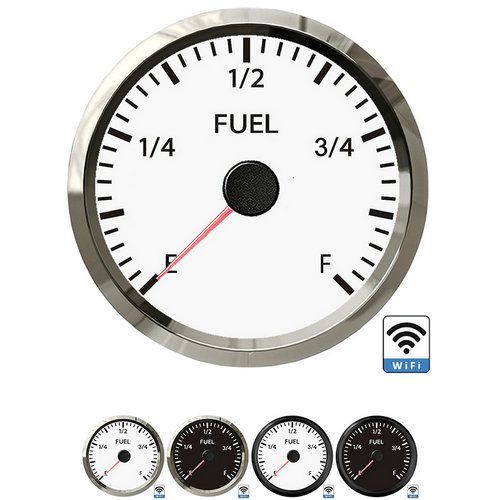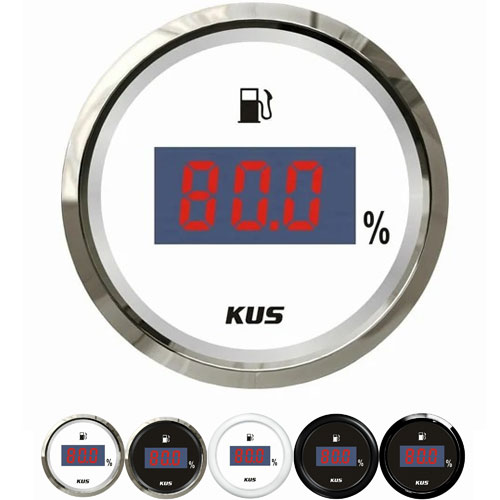marine fuel gauge indicator
The marine fuel gauge indicator indirectly reflects the fuel capacity of the tank through the position and resistance signal of the float in the tank. When the float height changes, it will drive the contact of the slider resistance to slide and output the resistance value at different liquid levels. The fuel gauge processes the level resistance signal output by the oil pump and indicates the corresponding fuel quantity. In other words, the fuel gauge indirectly reflects the fuel capacity of the tank through the position and resistance signal of the float in the tank, which is not an accurate value, which is why the fuel gauge does not or dare not directly mark the fuel volume of the tank.
The marine fuel gauge indicator is a "liquid level indicator", because its working principle is to install a buoy in the fuel tank. As the fuel decreases, the buoy floating on the fuel level will also drop, driving the pointer of the fuel gauge to display the fuel stock. After understanding the working principle of the fuel gauge. You can suddenly understand why the pointer in the first half of some oil meters moves very slowly and drops rapidly after 1/2. In short, the pointer movement of few oil meters is linear; That's because the buoy can only display the liquid level, but the shape of the fuel tank is not regular square . In order to match the structure under the rear seat or at the rear of the luggage compartment , the shape of the fuel tank is usually square at the top half, but it has to shrink into a triangle at the bottom half, so the volume at the bottom half is almost half smaller than that at the top half . This also explains why the pointer of the oil gauge will drop rapidly after half way !
The scale of the oil gauge rises : (1) The pointer of the oil gauge stays at a certain position for a long time, some even travel a certain distance , and the scale shows the value instead of decreasing. (2) The oil level sensor is the part that changes the capacitance between the sensor housing and the sensing electrode after the oil enters the container, and converts the change into the current change to detect the position (height) of the oil in the container.
 English
English 






Get a Quote / Info